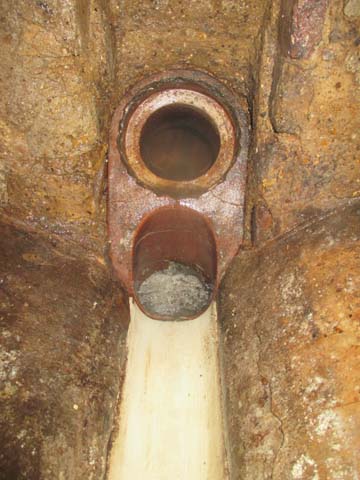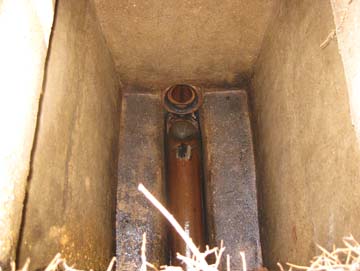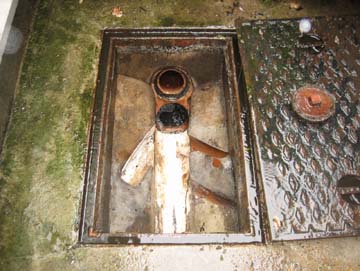There are various different well-known types of Interceptor Trap for example: Winser trap, Kenon trap, Bristol trap, Buchan trap and Reverse Interceptor trap. They are all made from vitreous clay and are still available today. However, as is everything these days, they do not make them like they used to.
Doulton & Co Ltd, Lambeth (yes, the same as Royal Doulton) list several versions of Interceptor Trap in their ‘Drainage and Sewerage Appliances Catalogue’ dated October 1924. They have The Radnor, The Netley (Reverse Action), The Warwick, The Coulsdon and The Salus.
Although the originals are all slightly different and named, I would assume, to set the manufactures apart they all primarily do the same job. The most commonly used by name today are Winser Interceptor traps and Kenon Interceptor traps.
Cast iron interceptor traps are also made.
An interceptor trap is probably the most crucial part of a drainage system and I believe they were seriously introduced in Victorian times instigated as a result of epidemics such as the 1854 Soho cholera outbreak caused by poor sanitation. It was first believed that the disease cholera was an airborne infection (until the physician John Snow later proved it was waterborne). Their main purpose was to prevent odours and gases from the main sewer venting into properties, therefore preventing airborne infection. This is done by the water held in the trap which creates an airtight seal, but allows solids and liquids to flow through. They can also help to prevent rodent access from the main sewer, although they must be operational and intact with the rodding eye cap in place. Although, even then rats are good swimmers and can easily negotiate the bend or trap of an interceptor and travel through the water.
They are prone to deterioration and damage though and ground settlement, roots or general abuse can cause them to fail. Once at this stage many are excavated and removed and a straight line pipe installed, as this is usually easier and quicker than replacing the whole trap. However, we would always advise on replacing the trap completely and installing a new one as we believe the advantages of having them outweigh the disadvantages.
Interceptor traps are usually found in the outlet of the last manhole chamber from a property prior to the main sewer connection. The rodding eye is an open pipe that gives a straight line access to the outgoing pipework. This rodding eye must be capped or sealed otherwise the trap is effectively pointless, because the open pipe will allow odours and rats through. Originally the caps were flat round clay ‘lids’ and they were made in with jointing compound. It is rare these days to find one still intact as they are usually removed and left off, or fall off, if not fitted back correctly, and drop into the trap causing an obstruction. These days plastic or metal caps and plugs can be installed as a replacement. We would advise metal as these do not get attacked and chewed by rodents. The ones we fit are installed with a chain and link to the chamber wall at high level so in the event of the manhole being full, the cap can be pulled off to allow a flow and empty the manhole chamber.
Buchan traps, sometimes referred to as the ‘Siphon Water trap’ or ‘Blind Siphon’ can be a particular issue as these are not installed inside a manhole chamber. These can be dated back to the 1880’s and were designed and patented as improvements in Siphon Water traps by William Paton Buchan (Sanitary Engineer) of Lanark, Scotland. They are buried in the ground but have a pipe or pipes from the surface dropping down onto the trap and rodding eye allowing some access. However, these are not as straight forward to clean or maintain compared to an interceptor trap in a manhole chamber, as the actual working access to the trap and rodding eye is not possible. So once problems develop it is usually the start of ongoing issues, but it does depend on how well they have been installed and what access is available.
MG Drainage can assist you with any of the following:
Clearance, maintenance and replacing of all types of Interceptor traps, Winser trap, Kenon trap, Buchan trap, Reverse Interceptor trap, Bristol Interceptor.
Examples: 1. Naylor ‘Kenon’ Interceptor Trap, 2. & 3. Naylor ‘Winser’ Interceptor Trap
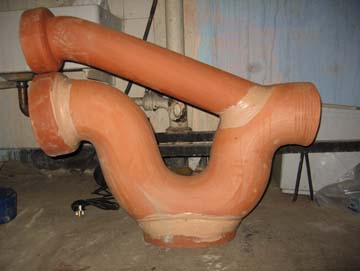
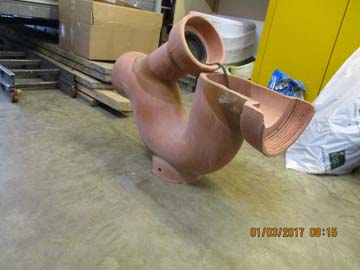
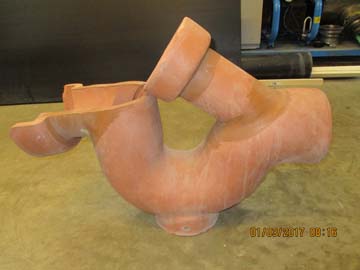
100mm Winser Interceptor Trap, as originally made circa 1910
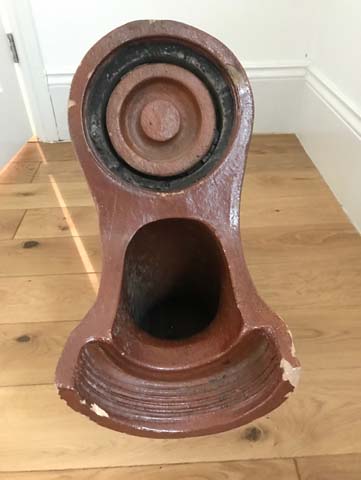
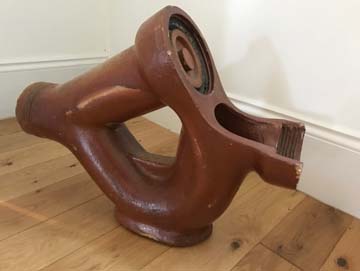
150mm Winser Interceptor Trap, as originally made circa 1920
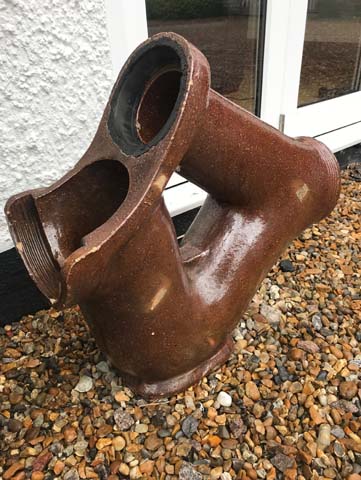
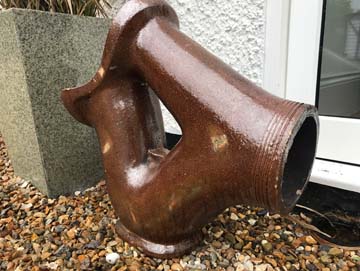
Doulton Salesman samples from around the 1890’s to early 1900’s. Miniature Interceptor traps (left to right). The Coulsdon / The Kenon / The Radnor
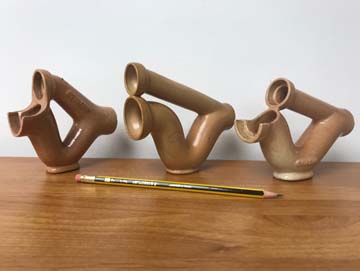
Winser & Co miniature sample (left), smaller ‘unmarked’ sample (right)
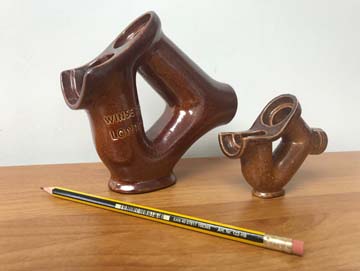
Interceptor Trap Cross Section Sketch
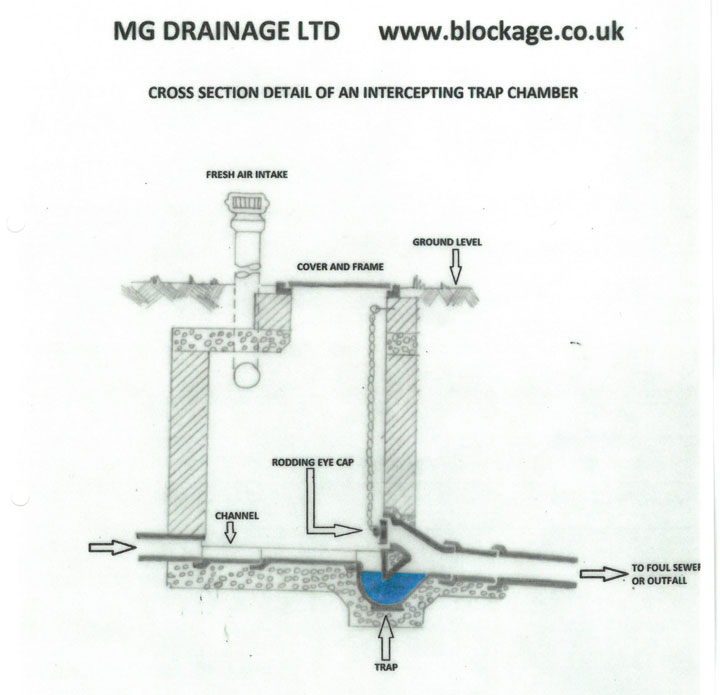
Interceptor Trap Replacement Example
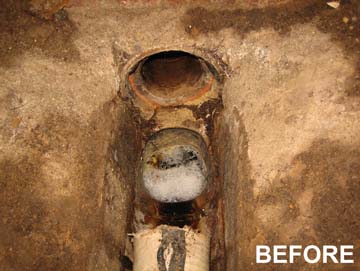
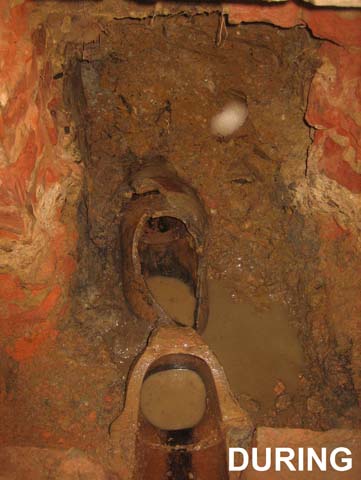
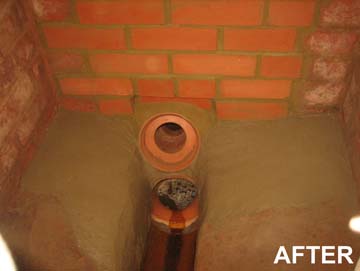
Interceptor Trap Examples as found
